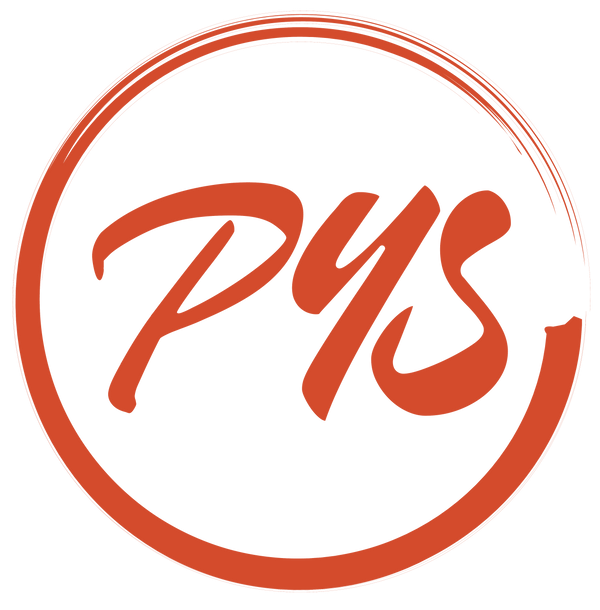
Building "The Illuminate 7": A 3D-Printed Speaker That Delivers Big Sound
Hugh MannhardtShare
Building "The Illuminate 7": A 3D-Printed Speaker That Delivers Big Sound

Most 3D-printed speakers are small and often feel like toys. After building numerous tiny speakers, I wanted to create something different—a larger, high-quality speaker that doesn't compromise on sound. That's how "The Illuminate 7" came to life.
Why Build a Bigger Speaker?
In an age where everything is getting smaller, you might wonder why bother with a bigger speaker. The answer is simple: bigger speakers sound better.
- Louder Volume: They can produce higher sound levels without distortion.
- More Dynamics: They handle changes in loudness and intensity more effectively.
- Better Bass: Larger speakers can reproduce lower frequencies more accurately.
Would you rather listen to your favorite music through a tiny speaker or experience it fully with rich, immersive sound?
Challenges of 3D Printing Large Speakers
Printing larger speakers isn't as straightforward as it seems. Here are some of the obstacles I faced:
- Printer Size Limitations: Standard 3D printers can't accommodate large objects in one piece.
- Support Material Hassles: Large prints can require extensive supports, which can be difficult and time-consuming to remove.
- Print Failures: Big prints are more likely to fail, and wasting that much material feels like throwing money away.
- Warping and Lifting: Sharp corners on big prints tend to lift off the print bed, causing warping.
- Resonance Issues: Larger enclosures can resonate, affecting sound quality.
Overcoming the Obstacles
To tackle these challenges, I developed a plan:
Modular Design
I broke the speaker enclosure into multiple parts that fit together. This approach:
- Allows printing on standard-sized printers.
- Reduces the amount of support material needed.
- Minimizes the impact of a single print failure.

Rounded Corners
By rounding the edges of the enclosure:
- Reduces Warping: Less chance of the corners lifting off the print bed.
- Improves Sound: Minimizes edge diffraction, which can distort sound.
- Enhances Aesthetics: Gives the speaker a sleek, modern look.
 Quality Components
Quality Components
I chose Dayton Audio's Reference Series drivers for this build. They offer:
- Low Distortion: Produces clear and accurate sound.
- High Performance: Delivers exceptional audio quality when used correctly.

Prototyping the Speaker
With the design ready, I printed a prototype using some old filament.
First Attempt: The Fitting Issue
The woofer didn't fit into the enclosure due to slight inaccuracies in the print.
- 3D Printing Quirks: Printed parts can warp or sag, causing misalignment.
- Lesson Learned: Tolerances need to account for the realities of 3D printing.



Adjusting and Reprinting
Rather than forcing it to fit (which resulted in the enclosure splitting), I adjusted the design and printed it again.
- Improved Fit: The woofer now fits perfectly.
- Better Understanding: Gained insights into designing for 3D printing.

Measuring and Designing the Crossover
A crucial step in speaker building is designing the crossover—the circuit that directs frequencies to the appropriate drivers.
Accurate Measurements
To design an effective crossover, I needed precise measurements of the speaker's performance.
- Multiple Measurements: Captured sound data from various angles.
- Gating Technique: Used to eliminate room reflections from measurements.

Understanding Gating
- What is Gating? A method that captures only the direct sound from the speaker before reflections occur.
- Why Use It? Provides accurate data for frequencies above 250 Hz.
For lower frequencies, I took near-field measurements close to the woofer and port, then merged them with the gated data.

Designing the Crossover with VituixCAD
Using software like VituixCAD, I simulated different crossover designs.
- Trial and Error: Tested various configurations to achieve a flat frequency response.
- Challenges: Spent about 10 hours refining the design.
-
Success: Achieved a balanced response with smooth in-room response
 .
.
Building the Final Speaker
With the design finalized, I printed and assembled the final version of "The Illuminate 7."
Advantages of 3D Printing
- Efficiency: Once the design is set, printing and assembly are straightforward.
- Consistency: Each printed part is identical, ensuring uniform performance.
- Time-Saving: Eliminates days of work compared to traditional methods.

Assembling the Crossover
I built the crossover based on my successful design.
- Prototype Board: Assembled the components to match the simulated circuit.
- Verification: Tested the crossover to ensure it met the desired specifications.

The Listening Experience
Personal Impressions
After setting up the speakers, I spent time listening to various types of music.
- Versatility: Handled everything from vocals to instruments with clarity.
- Balance: Sounded clear, crisp, and balanced across all frequencies.
- Enjoyment: Truly enjoyable listening experience.

Seeking an Expert Opinion
To get an unbiased perspective, I took the speakers to my friend Jack's place.
- About Jack: An experienced musician and audio producer with a keen ear.
- Testing Environment: A challenging room with minimal acoustic treatment.

Jack's Feedback
We listened to a variety of tracks, and Jack shared his thoughts:
- Clarity: "The vocals sound so clean."
- Balance: "They sound really flat, but in a good way."
- High-End Performance: "All the percussion in the high end is great."
- Suitability: "These would be really good for home theater stuff as well."
His positive feedback confirmed that "The Illuminate" performs exceptionally well, even compared to professional studio monitors.
Conclusion
Building "The Illuminate" was a rewarding journey that combined my passion for 3D printing and audio engineering.
- Overcame Challenges: Found solutions to common 3D printing issues.
- Achieved Quality Sound: Created a speaker that delivers big, balanced sound.
- Learned and Grew: Enhanced my understanding of speaker design and fabrication.
